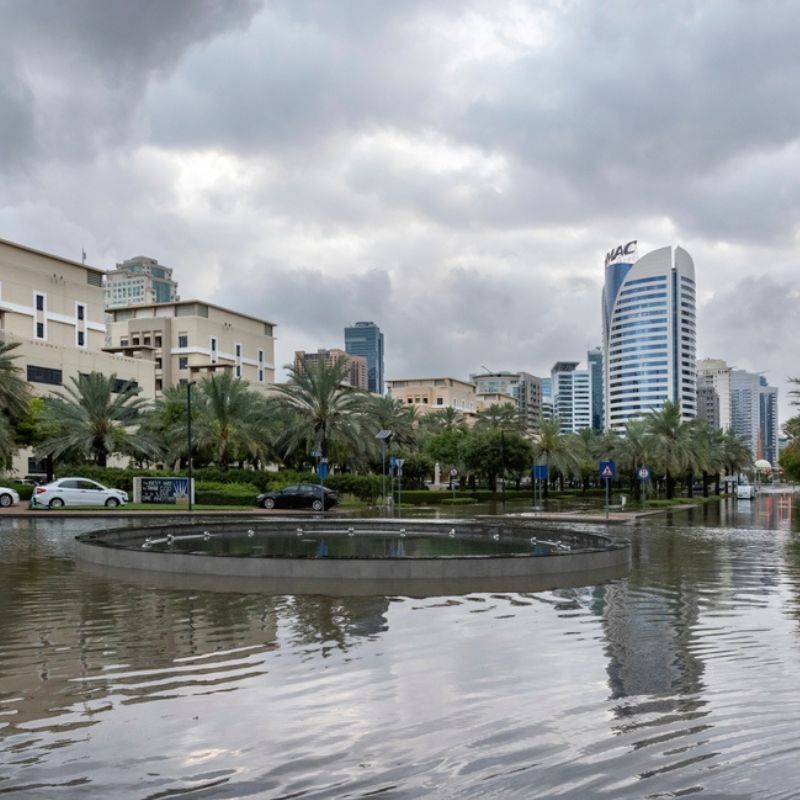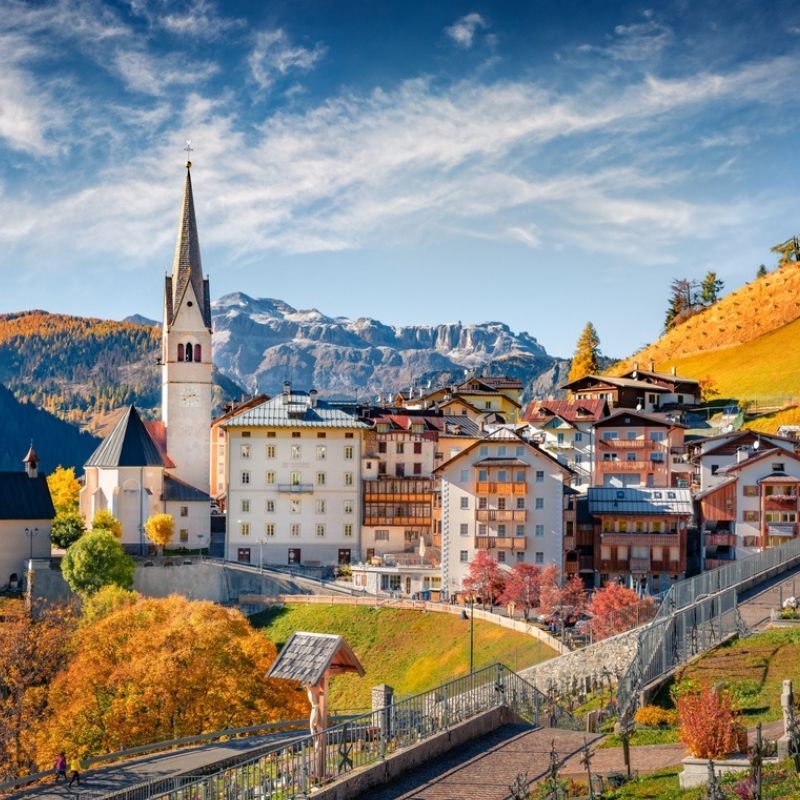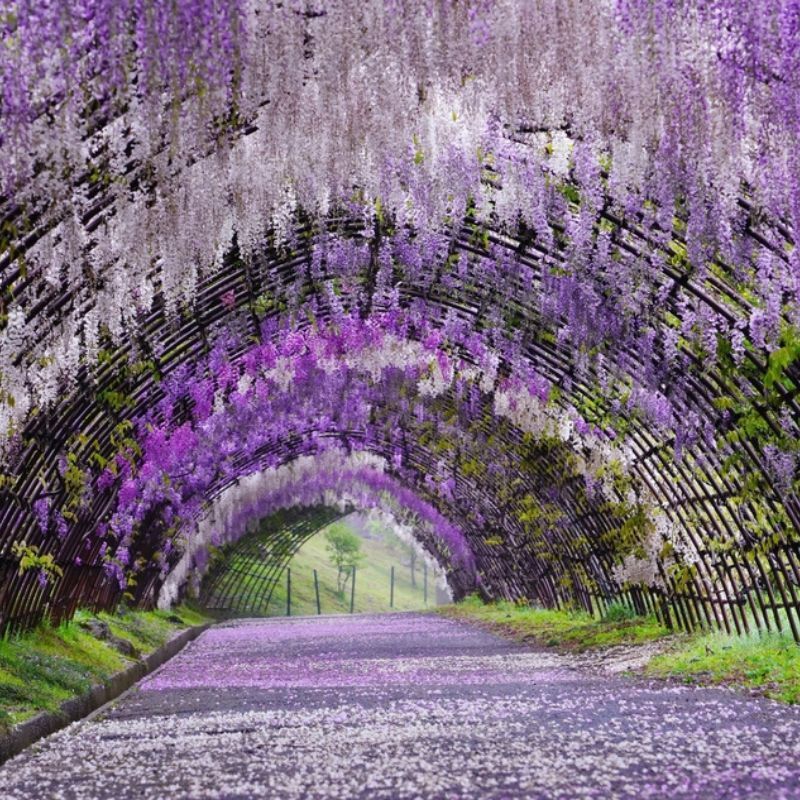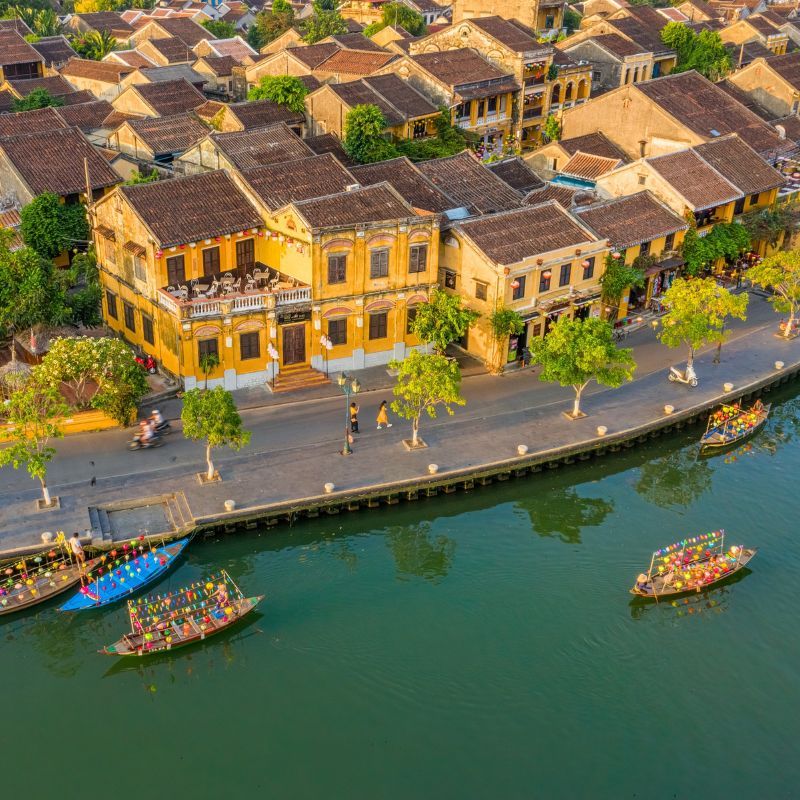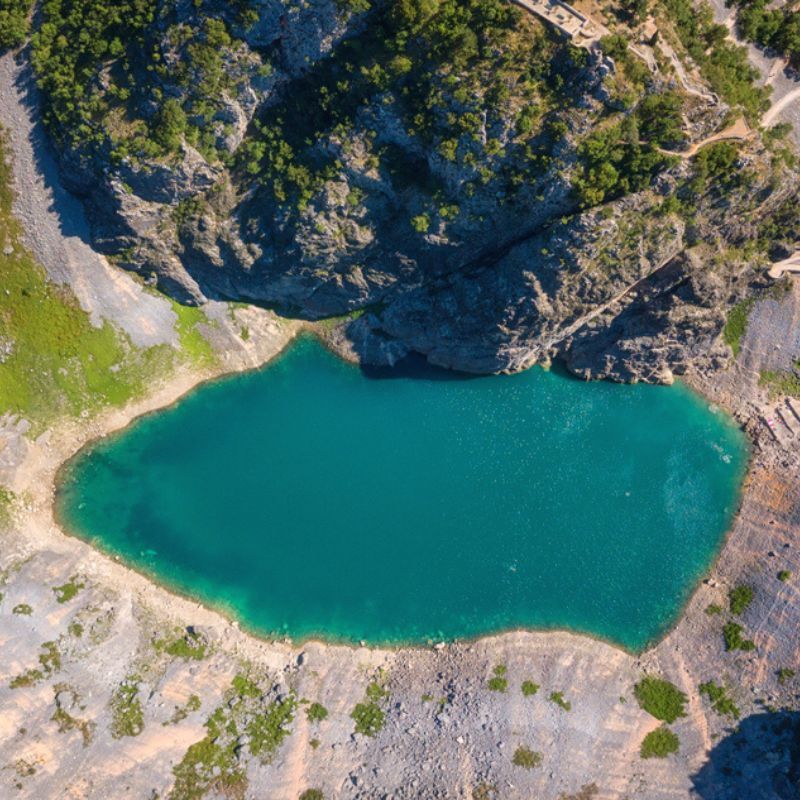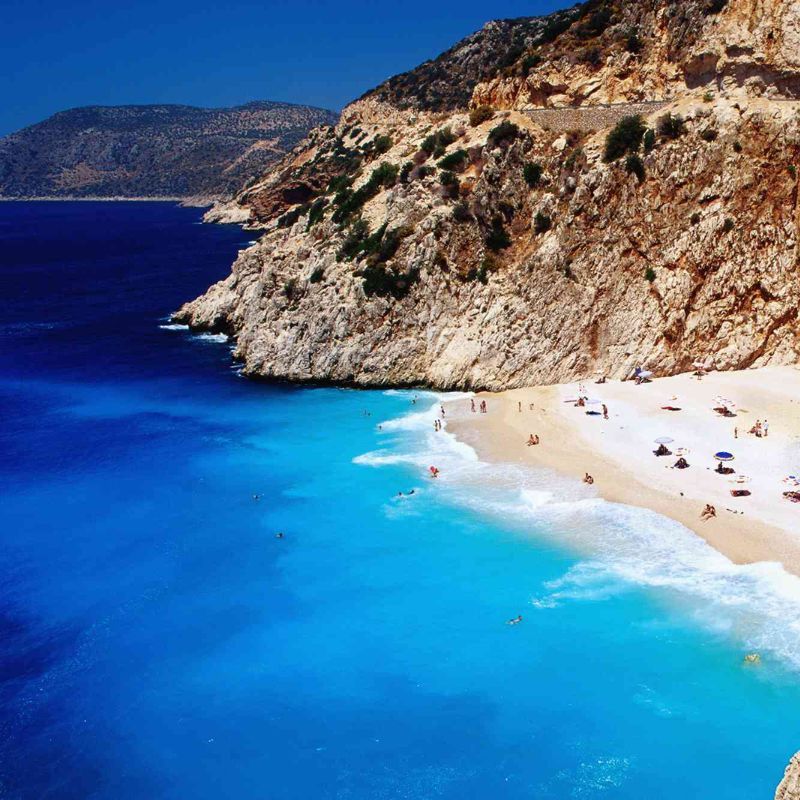
Next time you arrive at India’s most preferred destination, go beyond the balmy beaches and heady flee markets to explore the quaint neighbourhood of Fontainhas in the Latin Quarter of Goa. By Mary Ann Issac

Birth Of A European Town
A charming testimony to Goa’s erstwhile Portuguese occupation, Fontainhas in the relaxed state capital of Panjim, is an offbeat escape from the serene but crowded beaches of the riverine state. Originally a mangrove swamp, Fontainhas was turned into a coconut plantation by a Goan expat, Antonio Joao de Sequeira, and was later bequeathed by him to the Carmelite nuns. In the mid 1800s when the plague ravaged the state, the Portuguese moved their capital from Old Goa to Panjim, and developed the latter into a residential area for the government administrators. Though Fontainhas grew in a haphazard manner, over the years, with tiny lanes sprouting out of nowhere, it still retains the charm of a quaint European town.

Fontainhas On Foot
Flanked by the Ourem Creek to the east, and Altinho Hill to the west, Fontainhas features cobble-stoned streets, colourful buildings, and has Portuguese streets names. The homes here are painted in vibrant hues of blue, yellow, red, and green, exhibit a colonial charm with oyster shell window panes, intricately designed iron railings, and red tiled roofs. However, the most distinctive feature of these former Portuguese homes is their name plates made in Azulejos ceramic tiles. Azulejos are Portuguese style hand-painted ceramic tiles that are decorated with intricate artwork, and baked at high temperatures. The architecture of the homes in Fontainhas reflect the susegad lifestyle that Goa is so known for. Take a leisurely stroll in the afternoon, and you will find yourself among the few tourists walking the streets. Staying true to the Portuguese culture, the locals take their siesta seriously—even shops are closed in the afternoon hours! The buildings are painted every year after the monsoons to ensure the upkeep of the area, a rule that’s being followed since the time of Portuguese occupation. As you walk around the Latin Quarter, you find the rooster hidden in plain sight on top of many houses. The iconic rooster in Portuguese culture signifies honesty, integrity, trust, and honour, and is believed to bring good fortune.

Art Circuit
Panjim Peoples is a Baroque mansion built in the 1800s. Earlier home to a premiere school, the place was recently transformed into a heritage hotel. Within the confines of its yellow and white facade is the Gallery Gitanjali, open to public and home to contemporary Indian art and Scandinavian lithographs, serigraphs, and linocuts. Spend some time with books and board games at the in-house cafe and take home pretty photographs and art prints. A little further away is the colonial-style Fundacao Oriente Art Gallery, which has on display the work of a prominent Goan artist, Antonio Xavier Trindade, fondly referred to as the ‘Rembrandt of the East’.

Churches And Chapels
In Fontainhas, all roads lead to the St Sebastian Chapel, or so it seems! While walking around the town, one is bound to cross the quaint chapel a couple of times. Built in 1880, it houses a unique crucifix, which originally stood in the Palace of Inquisition in Old Goa, and holds an unusual importance because Jesus here is depicted with his eyes open. It was done so to instill fear amongst the heretics brought to the Inquisitors, awaiting their gruesome end. To hear melodious voices singing together in a concert, stop by Our Lady of Immaculate Conception Church at the time of mass that happens every Sunday at 8 am. Built in the Portuguese Baroque style in 1541, it holds the liturgy in English, Konkani, and Portuguese.
When I crossed the bridge made up of a million pieces of broken tiles to enter Fontainhas, I remember being told, “The colours on the bridge are nothing in comparison to the colours that it leads to.” I did not know that sleepy lanes with bright-coloured houses, or hide and seek with multicoloured roosters, would have the power to make me smile involuntarily.
Getting There
Fontainhas in Panjim is 28 km from the Goa International Airport. Either fly in directly or take a connecting flight from New Delhi or Mumbai.
Ideal For
Families and couples who’d love to soak in Goan history and culture, together.
When
November to February
Must-See
Walk through the Mala neighbourhood to see the colourful Hindu homes, and visit the Maruti temple. Visit the Mario Miranda Gallery and shop for prints of her famous cartoons. Shop at Velha Goa to find a selection of Azulejos and other designer ceramic tiles.
Related: Explore These Hidden Gems Near Goa That Are Just A Road Trip Away!


